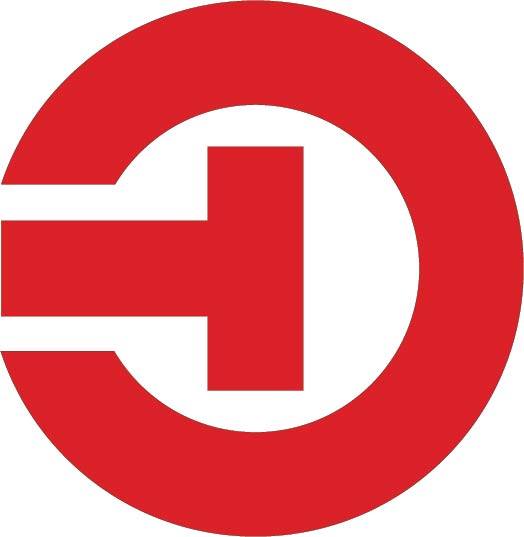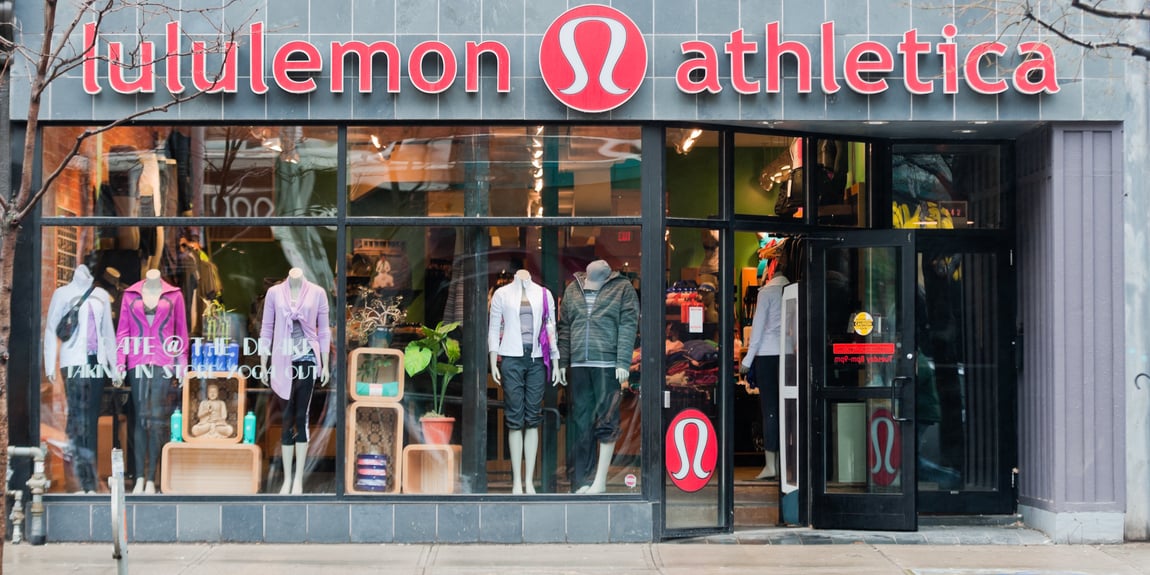It’s looking more and more like a new round of tariffs will directly hit consumer brands—and their customers—with tariffs on everything from electronics to clothing to beauty products.
Many U.S. consumer brands will see an increase in costs as a result. Just look at the case of imported goods from China: in 2017 alone, Americans bought $70.4 billion worth of smartphones from China. And that’s on top of the $45.5 billion of computers, $36.4 billion of apparel, and $26.8 billion of toys and sporting goods Americans also imported from China that year.
That raises the question: Who’s going to pay for that increase? If consumer brands try to pass it along to consumers by raising prices, shoppers may balk at the higher prices; but if they try to absorb it themselves, that will also affect their profits.
The threatened 10% tariff could mean an extra $100 surcharge on top of a $1,000 price tag on products like televisions or computers. That increase would be staggering for both consumers and brands. So, what can consumer brands do to offset the tariff?
1. Improve the In-Store Experience
If customers have to pay more, they’re going to expect more. When it comes to brick-and-mortar, that means a better in-store brand experience, where products are easily accessible, neatly organized and displayed with the right signage, placed in the right locations, and well stocked.
According to ThirdChannel data, inventory accuracy runs at about 50-60% for many retailers. Just that one issue is enough to derail a purchase. Brands need to ensure they stay on top of their inventory and stock issues, and properly display their products, to lessen consumer frustration and drive increased sales.
2. Educate Your Associates
Brands need to make sure there are enough knowledgeable in-store associates—whether it’s your own field force, or a network of brand-right agents you bring in—available on the floor. This lets brands assist shoppers, answer questions, and explain why your products are still worth the investment, regardless of potentially higher prices.
Demos and assisted selling strategies can be a huge help for products with higher price points. Remember that $100 charge on your $1,000 computer? Having trained associates walk shoppers through the computer’s key selling points and what makes it worth the cost can help offset the pain of higher pricing. Make the educated case for why your products stand out and see sales spike as a result.
3. Deploy Strategically with Data
By using smart data, consumer brands can reallocate field and marketing dollars more intelligently. Do you have stores that aren’t properly staffed? Stores feeling the strain of specific execution issues? Stores where your competitors keep coming out on top?
By using a retail intelligence solution like ThirdChannel, your brand can pinpoint the best store locations with potential for growth, and see which stores are ripe for which specific types of assistance. This kind of targeted, detailed insight gives you the personalized action plans you need to grow sales, even in the face of potential tariffs.
Interested in learning more about how ThirdChannel can help your brand? Request a free demo now!
 |



